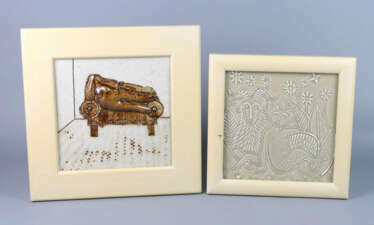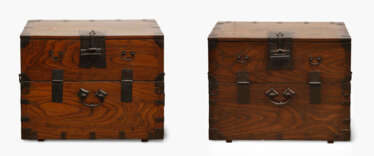181 Items by auctions and galleries:
plastik
Lot 2 PADUA OR FLORENCE, SECOND QUARTER 16TH CENTURY
A Life of Discerning Passions: The Collection of H. Rodes Sr. and Patricia Hart: Live 

CHRISTIE'S
A Life of Discerning Passions: The Collection of H. Rodes Sr. and Patricia Hart: Live
Date: 05.02.2026 10:00 UTC -05:00
Number of lots in the catalog: 31



































































